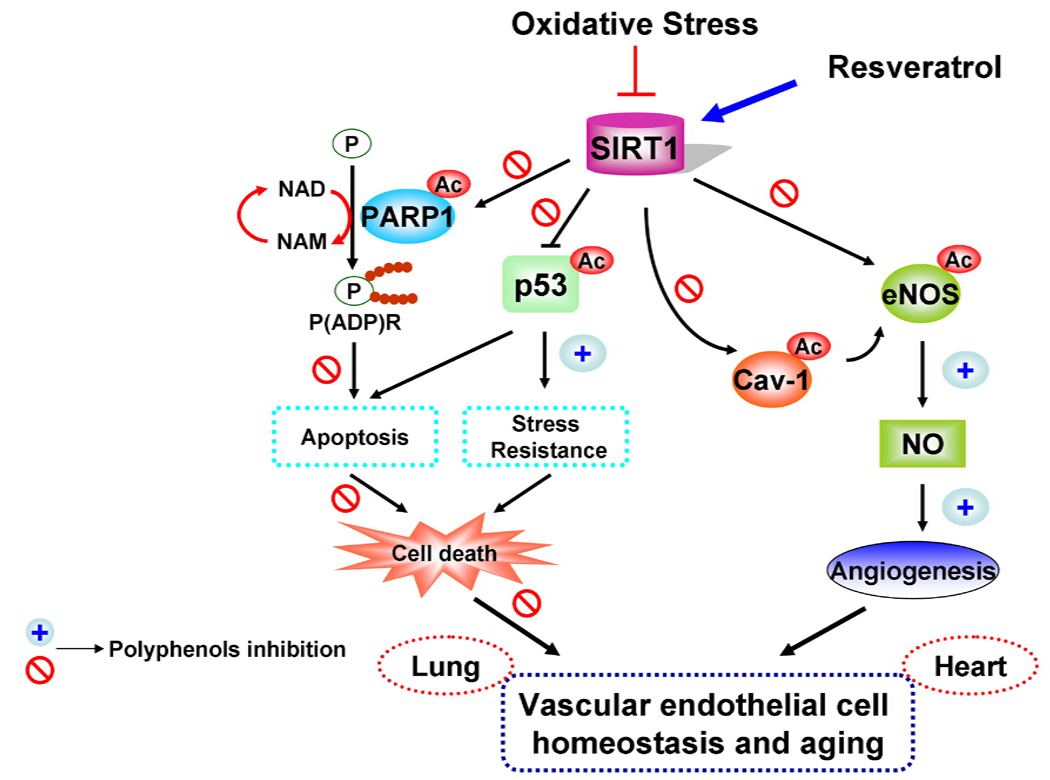Figure 4. Oxidative stress-induced alteration in cellular survival and angiogenic signaling pathways.
Oxidative stress down-regulates SIRT1 thereby modulating the endothelial cell survival and angiogenic signaling by acetylating eNOS, p53, and PARP-1. SIRT1 and PARP utilize NAD+ as a common substrate. Oxidants activate PARP-1 and deplete intracellular NAD+ pool associated with activation of various cellular pathways leading to apoptosis and stress response. Polyphenols, such as resveratrol and quercetin, attenuate oxidative stress-mediated modification of SIRT1 either by increasing the activity of SIRT1 or reversing the posttranslational modifications of SIRT1. Activation of SIRT1 leads to angiogenesis and the inhibition of inflammatory/apoptotic signaling.

